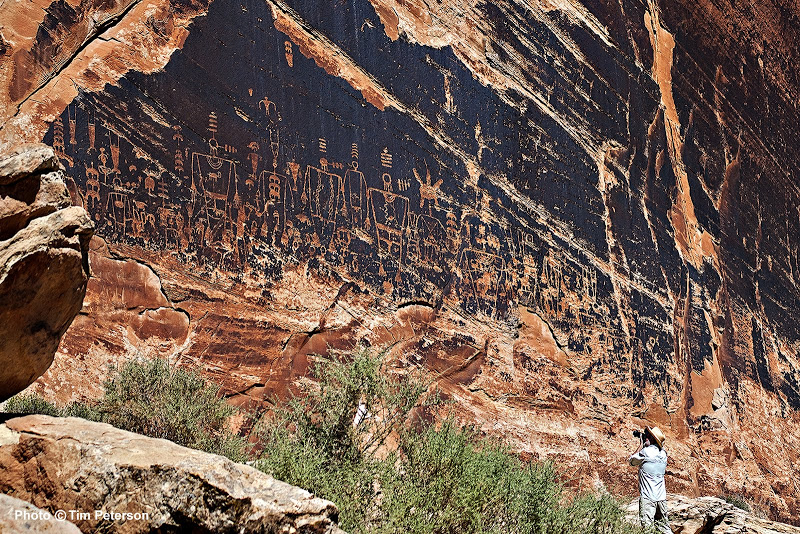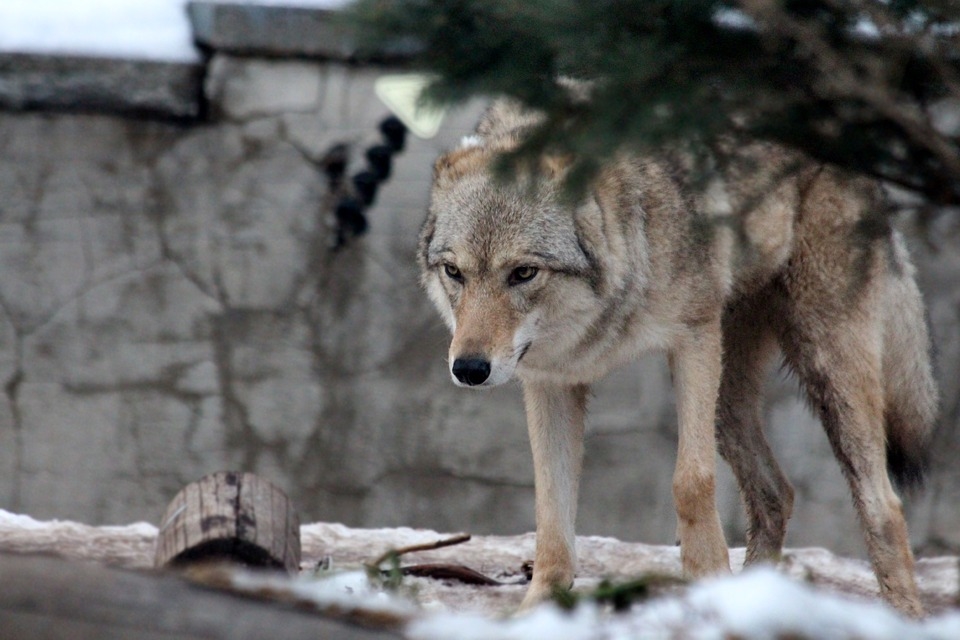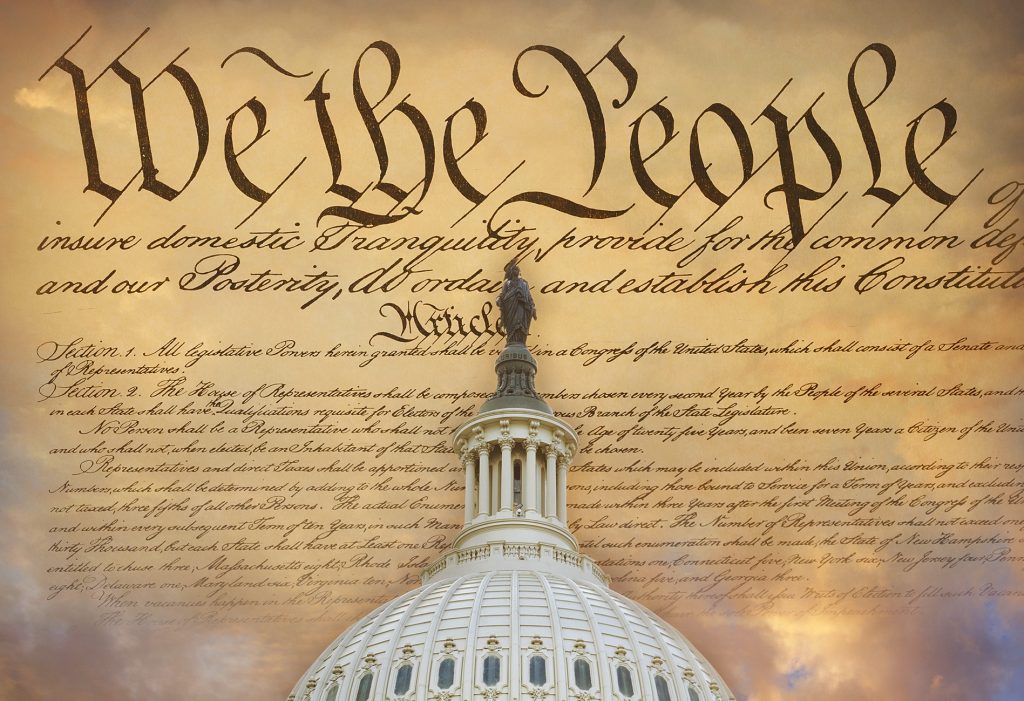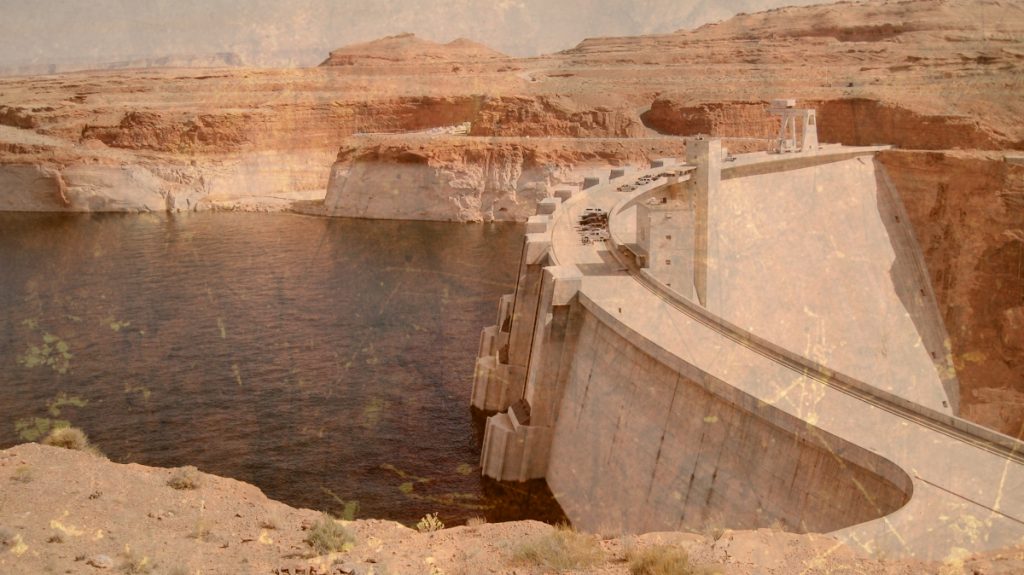In our desperation to save our treasures while something remains to be saved, we on the protectionist side have repeatedly done an end run around the local populations who are most powerfully positioned to protect the land or abuse it. We have avoided the hard, slow, complicated slog of cultivating the hearts and minds of country pragmatists who still have one foot and half their heart in the wild development frenzy of the American western frontier.
Not on board with the Bears Ears crusade

The spectacular geography and well-preserved archaeological remains surrounding the Bears Ears buttes inspire worldwide awe and are of great value to humankind. They should be carefully tended, conserved and protected against short-sighted, destructive developments and excessive trampling by herds of GPS-packing, Internet-educated, checklist tourists attracted by the marketing campaigns of tourismo-pimps and profiteering promoters.
I am a career archaeologist who grew up physically, mentally and spiritually on the landscape around Bears Ears, and it has molded every aspect of who I am. It is where I choose to live above all other places. I cherish it beyond words, and my entire adult life has been devoted to trying to get people to appreciate and protect it. It has therefore come as a small disappointment to the promoters of a Bears Ears National Monument designation that I have not climbed on board their crusade.
There’s nothing fundamentally wrong with monument status, if it is organically rooted in local sentiment (though, full disclosure: National Parks and Monuments, with their artificially-imposed stasis and paved trails, are unfriendly, sterile places to me). And it’s not that I have knuckled under or sold out to the massive local opposition to monument designation. The problem I have is with the top-down process. Executively-proclaimed monuments feed and reinforce an increasingly dangerous and destructive right-wing, anti-federal narrative that is growing and threatens to undo every gain we have made in a half-century of active efforts to protect the family jewels in the American West.
In our desperation to save our treasures while something remains to be saved, we on the protectionist side have repeatedly done an end run around the local populations who are most powerfully positioned to protect the land or abuse it. We have avoided the hard, slow, complicated slog of cultivating the hearts and minds of country pragmatists who still have one foot and half their heart in the wild development frenzy of the American western frontier. We chose instead to take an expedient shortcut directly to the power. It was seductively easier and faster to get the powerful few to impose top-down rules and sanctions onto the people who lived and sweated out a livelihood on the land.
But every top-down law, rule, and heavy-handed anti-looting operation has fed an old, visceral, cherished Western distrust of government and done much to inflame anti-protection sentiments. This has huge potential for destructive blowback. Our protectionist victories have been powerful gifts to the cheerleaders of the political right, driving a wedge ever more deeply between grassroots communities in the rural West and the advocates for landscape protection. Now it is too easy for the bullhorns on the far right to make archaeology and environment into symbols of evil.
Despite winning battle after battle, we stand on the verge of losing the war. In 2016, after five decades of preservation efforts, I find most of the people in my hometown (the closest town to the proposed monument) less willing than ever before to become positively engaged in archaeology. They have come to equate it so directly with intrusive federal government and political liberalism that even civil discussion about it feels like an implicit concession to the left. It will take decades to undo this attitude that has been so hardened — if we ever can.
One more top-down monument designation by a liberal President might be just the thing to tip this conservative state into a full-on, full-court-press effort to roll back government to something resembling the unbalanced, bulldoze-everything attitudes of the early 20th century. In their deep hearts, I fear the right-wing pack leaders are hoping for it.
Then there are other concerns that I won’t even go into: increased visitation resulting from all the pro-con publicity, with little real hope for a commensurate increase in management resources even if the monument is designated; the real issue of whether more intensive management would actually be an asset or a liability to the soul of the place; and the intractable Gordian knot of management by a committee of multiple federal agencies and a half-dozen sovereign Native nations who have never been all that friendly with each other.
Please, Lord (and President Obama), protect us from our self-proclaimed saviors on both sides.






Rather than engage local populations to work in a protective partnership, the solution has been to force, ignore, and discount them as ignorant neighbors. This has brought distrust and will continue to do so until local people are brought into respectful conversations where their input is as valued as radical environmentism.